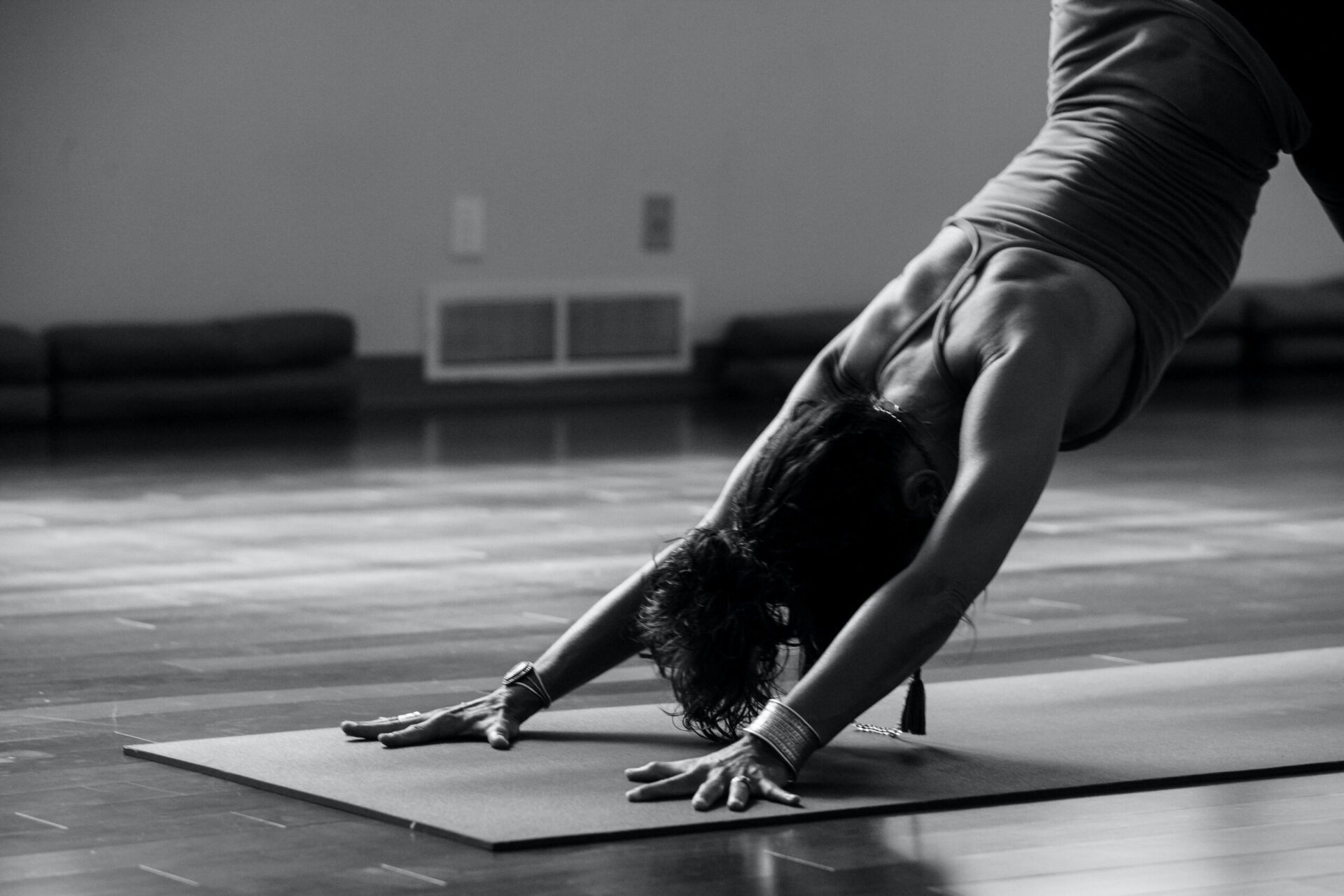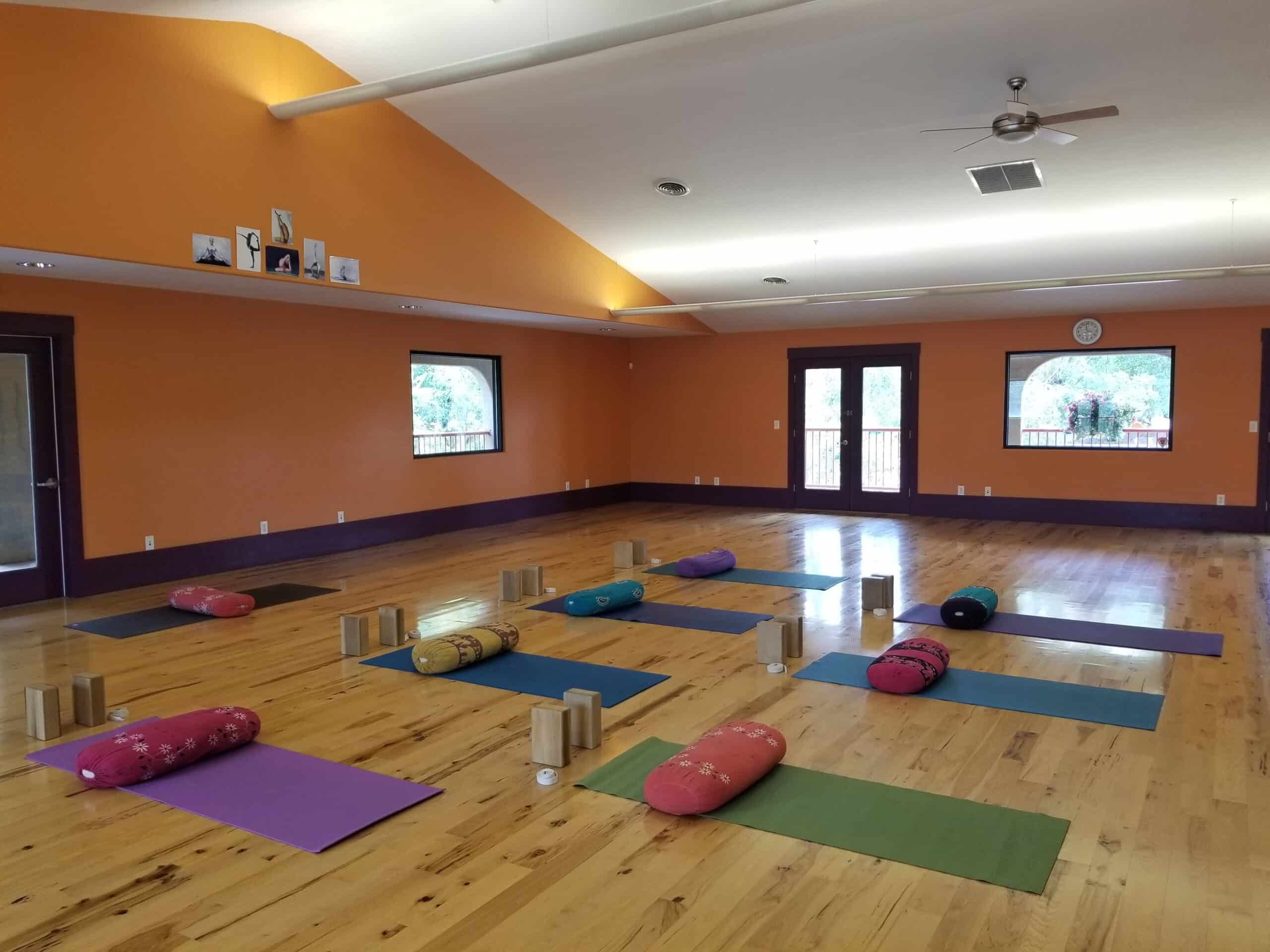How to Choose a Yoga Class | By Cabrini Klepper
As a yoga teacher, one of the most common questions I hear is, “How do I choose a yoga class?” Yoga is a broad, diverse discipline. Whether you’re a seasoned yogi or just bought your first yoga mat, it can be difficult to navigate the different forms and styles. Learn about eight popular yoga styles below — and embrace exploration — maybe try a new style to adventure outside your typical mental and physical yoga practice.
Hatha Yoga
Hatha classes are an ideal starting point for newer yogis. They’re typically well-rounded with yogic techniques, giving you a dash of everything. “Ha” represents the esoteric sun and “tha” represents the moon. Therefore, Hatha yoga seeks to unite and balance these two energies. A typical Hatha class involves asanas (poses) and breathing techniques, as well as some utilization of mudras or mantras. Juxtaposed to a Vinyasa class, yogis will hold poses a bit longer. I recommend asking your studio about the pace of their Hatha classes as they usually range on all levels.
Hot Yoga
We’ve all heard stories of hot yoga classes. Some people thrive and detoxify, some people ooze disdain at the thought of moving in a 100-degree room for an hour. If you have a history with heart disease or heat intolerance, it’s best to pick a different practice. However, if you’re looking to intensify your yoga practice, a challenging hot yoga class will do just that. Hot yoga can deepen flexibility, reduce glucose levels, increase endurance and improve circulation. My biggest tip for a successful hot yoga class is this: invest in a yoga towel to lay over your mat to avoid a sweaty slip ‘n slide.
Iyengar Yoga
If you’re detail-oriented and want to take your physical practice to the next level, Iyengar yoga is calling. B.K.S. Iyengar developed this form of yoga, descending from classical Hatha yoga. Expect to pay more attention to the technical alignment of poses to keep the mind drawn inwards while simultaneously focusing and connecting to reality. Teachers of Iyengar yoga undergo years of practice and study before passing a standardized assessment. Classes focus on alignment, sequencing and timing. Iyengar yoga poses are held for longer periods of time, so the yogi may first achieve stability, then has the option to intensify the posture’s depth.
Kundalini Yoga
The Sanskrit word “Kundal” translates to “coiled energy.” Developed in the late 70s by Yogi Bhajan, Kundalini yoga seeks to bring coiled energy from the base of the spine through the seven chakras. A Kundalini class comprises three main parts: an opening chant and spinal warm-up, a kriya (postures paired with breathing techniques) and a closing meditation or song. If you’re looking for a spiritual practice combined with physical movement, Kundalini yoga is for you.
Restorative Yoga
Emphasize the union of the body and mind through a focus on meditative deep relaxation. Restorative yoga consists of only a few postures over the course of an hour. Teachers employ props such as blocks, blankets and bolsters to allow students to passively melt into each pose. I recommend a Restorative yoga class for those looking to lean into relaxation, reduce stress and release tension. This practice can be hard for doers, as the only thing you’re required to do is focus on your breath.
Vinyasa Yoga
Vinyasa is characterized by stringing postures together, moving swiftly from one to another, following the breath as a guide. Vinyasa is commonly referred to as “flowing” and often employed in power yoga classes. When you see yogis on Instagram, they’ll most likely be engaged in a beautiful Vinyasa flow; it can resemble a graceful dance. If you’re looking to move, generate heat and improve cardiovascular health, look for Vinyasa.
Yin Yoga
Although Yin and Restorative yoga both comprise patience and long-held postures, Yin yoga differs as active stretching. Restorative yoga focuses mainly on benefits for the mind. Yin’s unique benefits extend to increased compositional flexibility, joint mobility, improved posture and trauma release. Yin yogis take advantage of props to immerse themselves in an active stretch for three-to-five minutes, stretching beyond the muscle and delving into connective tissue.
Yoga Nidra
Yoga Nidra is a guided meditation variation into “yogic sleep.” The teacher seeks to balance and quiet the breath in order to reveal unconscious and conscious aspects of the mind to the student. The student draws their attention inwards to surf and glide between states of wakefulness and sleep. Everyone can benefit from the amazing scientifically proven benefits of meditation. Yoga Nidra can be especially effective for those suffering from anxiety, depression, sleep deprivation and trauma.
Photo by Ginny Rose Stewart.
 Cabrini Klepper feels passionately about yoga and meditation as gateways to living a more mindful, present life. When she’s not running or writing, she teaches at CorePower Yoga and the University of Colorado Recreational Center. She will graduate with a B.A. in journalism and minors in geography, business and sociology from CU. Cabrini currently interns at Jaunt Media Collective, the publishing company behind Spoke+Blossom, Covered Bridge and YOGA + Life magazines.
Cabrini Klepper feels passionately about yoga and meditation as gateways to living a more mindful, present life. When she’s not running or writing, she teaches at CorePower Yoga and the University of Colorado Recreational Center. She will graduate with a B.A. in journalism and minors in geography, business and sociology from CU. Cabrini currently interns at Jaunt Media Collective, the publishing company behind Spoke+Blossom, Covered Bridge and YOGA + Life magazines.Destined to be your daily companion, this backpack to tote-bag is an ideal piece from morning to evening. [...]

Subscribe to Our Tribe
Stay up to date with Y+L News, Events and special announcements.










